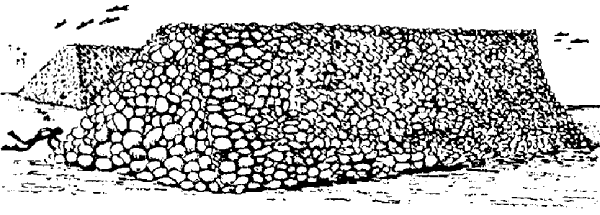 |
| The Landing of Christopher Columbus courtesy of Wikimedia Commons |
Back in the days of yellow number 2 pencils and 3-ringed binders filled with lined paper, American history started with "and then Christopher Columbus North America and it's inhabitance the Indians." Late years, when colored gel pens were allowed, American history got a little more specific, detailing that there were in fact many different tribes of Native Americans inhabiting North America. All in all, it was little more than a list of tribes and the regions they inhabited. We were taught long houses were different from tee-pees and that thanks to the "white man" Native Americans now had horses and other civilized commodities.
 |
| via Wikipedia |
The Adena, who existed from 1000BC to 700AD, "showed no signs of development but appeared full-blown around 1000BC" (pg. 15, Joseph). Though Wikipedia shows them as remaining within the state of Ohio, Joseph's work attributes buildings to the late culture spanning from Wisconsin to West Virginia. Though signs of mound builders are evident throughout those areas, what was interesting about this group was the first story that Joseph shared about lost pyramids at the bottom of Rock Lake, Wisconsin. Set under 60ft of water, these pyramids aren't exactly like what you would find on the Gaza plateau or in the jungle of the Yucatan nor do they resemble the earthen mounds found in the Ohio Valley.
 |
| Lost pyramids of Rock Lake, Wisconsin via science-frontiers.com |
.jpg) |
| Modified Adena Skull via "Frontiers of Antrhropology" |
It amazes me that in our 200 years of existence, the US is finally turning it's attention on learning about the incredible cultures that inhabited these land prior to arrival of the Europeans. Whether it was the lack of interest or the need to feel superior, I hope that others like Mr. Joseph will continue to pry into the true history of North America.
No comments:
Post a Comment